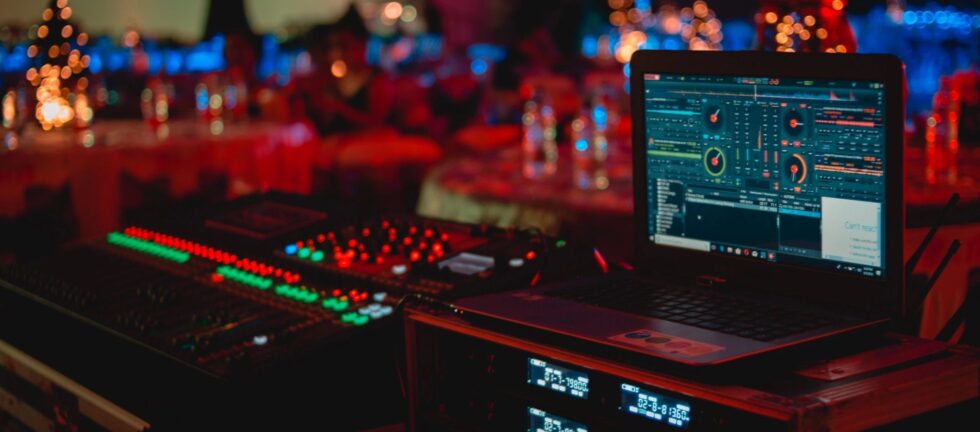Planning an event is no small task, and ensuring the right audio visual (AV) setup is in place is crucial for a seamless and impactful experience. At Freedom Audio Visual, we believe a well-thought-out AV plan can make the difference between an event that’s just okay and one that’s truly unforgettable. To help you get started, we’ve created the ultimate checklist for AV needs at your next event.
1. Understand Your Event Goals
Before diving into equipment and setup, clarify the purpose of your event.
- What is the main objective (e.g., education, networking, celebration)?
- What mood or atmosphere do you want to create?
- Who is your audience (in-person, virtual, or hybrid)?
2. Assess Your Venue
The venue plays a significant role in your AV requirements.
- Evaluate the size, layout, and acoustics of the space.
- Check for built-in AV infrastructure like screens or speakers.
- Determine power supply availability and access points for equipment.
3. Audio Equipment
Clear and high-quality sound is essential for effective communication.
- Microphones: Wireless, handheld, lapel, or podium mics depending on speaker preferences.
- Speakers: Ensure proper coverage for the entire venue.
- Mixers: To balance audio levels for multiple microphones and sound sources.
- Backup Equipment: Always have spares in case of technical issues.
4. Visual Equipment
Visual elements help captivate and engage your audience.
- Projectors and Screens: Choose appropriate sizes and brightness for your venue.
- LED Walls: Ideal for larger events or impactful presentations.
- Monitors: For smaller displays or backstage reference monitors.
- Presentation Devices: Ensure compatibility with laptops or other sources.
5. Lighting Design
Lighting sets the tone and focuses attention.
- Stage Lighting: Highlight speakers, performers, or key areas.
- Uplighting: Enhance ambiance and tie in with your event theme.
- Dynamic Lighting: Use color-changing or moving lights for added drama.
- Backup Power: Ensure lighting remains uninterrupted with backup solutions.
6. Virtual and Hybrid Event Technology
If your event includes virtual or hybrid components, consider these essentials:
- High-Quality Cameras: For live streaming or recording.
- Streaming Platforms: Choose one that suits your audience size and interaction needs.
- Audio Integration: Ensure seamless sound for virtual participants.
- Interaction Tools: Live Q&A, polls, and chat functions to engage remote attendees.
7. Staging and Setup
Create a professional and functional environment for your event.
- Podiums: With integrated microphones and lighting if needed.
- Stage Design: Customize with backdrops, banners, or projection mapping.
- Furniture: Seating, tables, or props as per your event requirements.
8. On-Site Technical Support
Experienced technicians are key to a smooth event.
- Setup and Dismantling: Ensure all equipment is installed and removed efficiently.
- Live Monitoring: Address issues immediately during the event.
- Troubleshooting: Have experts on hand to resolve any technical problems.
9. Backup and Contingency Plans
Be prepared for the unexpected.
- Spare Equipment: Extra microphones, cables, and adapters.
- Redundant Systems: Backup projectors or power sources.
- Weather-Proofing: For outdoor events, consider equipment protection from elements.
10. Post-Event Requirements
After the event, ensure you have everything covered for follow-up.
- Recordings: Capture presentations or performances for future use.
- Data Collection: Gather analytics from virtual platforms or audience feedback.
- Equipment Returns: Confirm all rented equipment is accounted for and returned.
Ready to Simplify Your Event Planning?
Planning an event can feel overwhelming, but with this checklist and the support of Freedom Audio Visual, you’re set up for success. From tailored AV solutions to on-site technical expertise, we’re here to make your event seamless and unforgettable.
Let’s bring your vision to life! Schedule your consultation today or email us at events@freedomaudiovisual.net to discuss your event needs.

